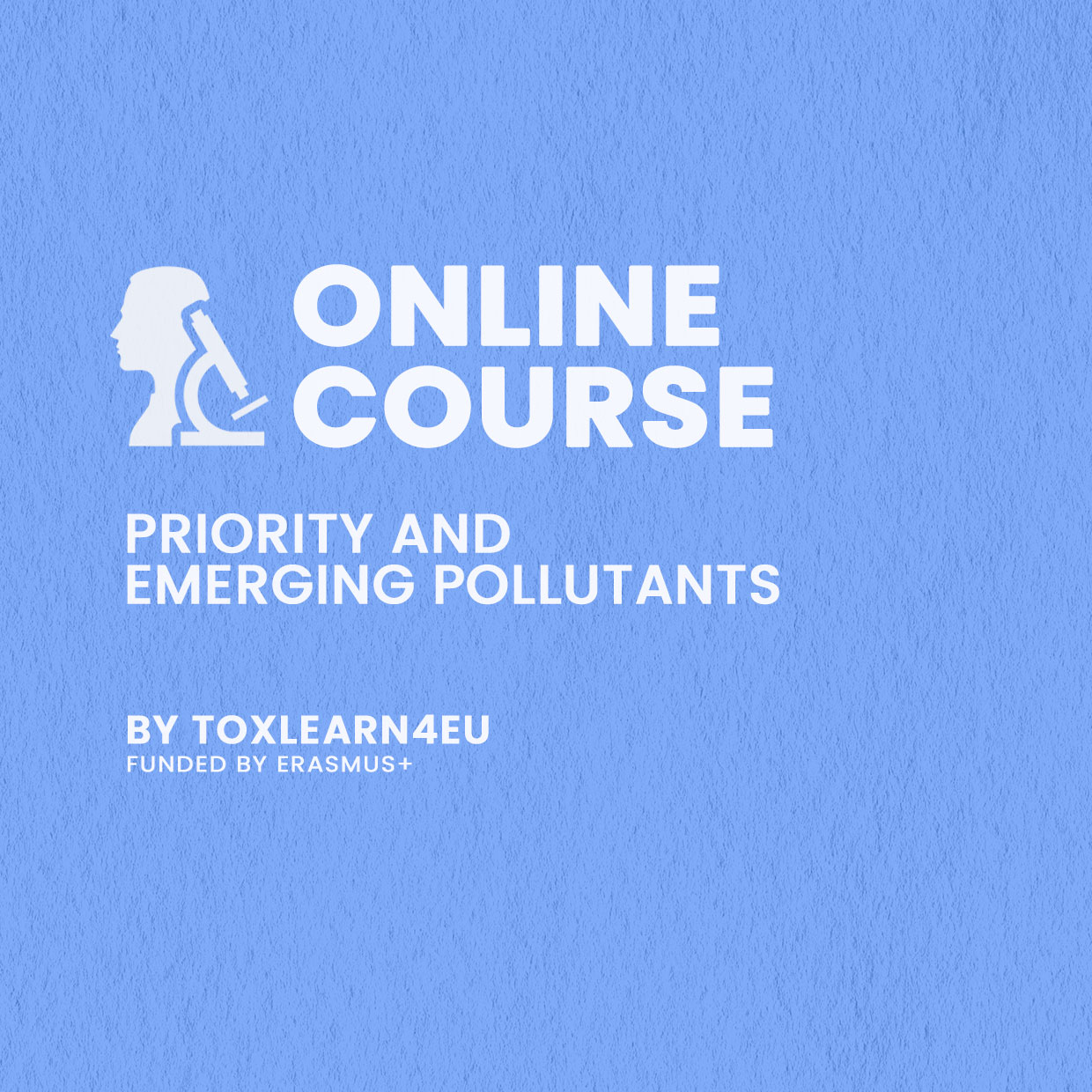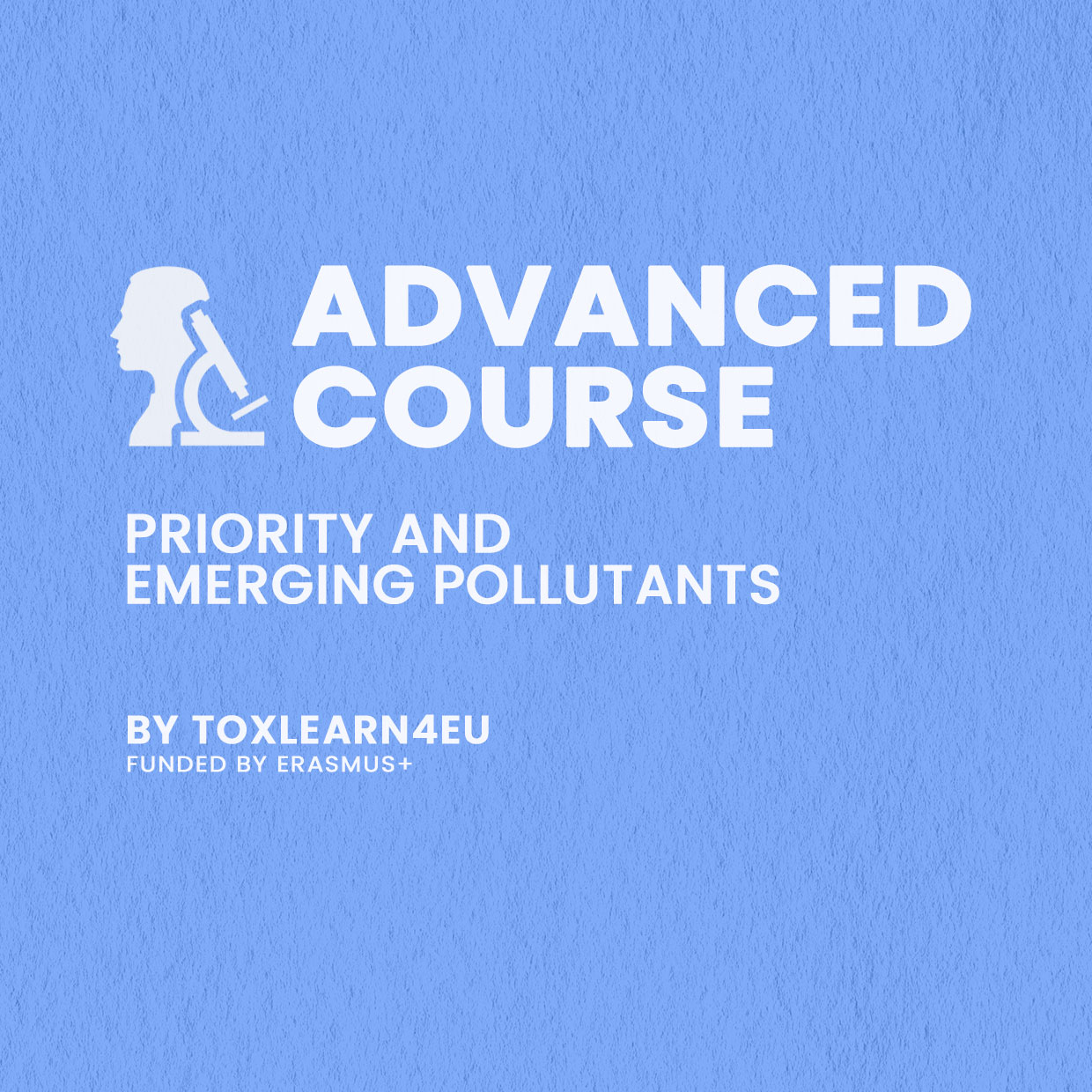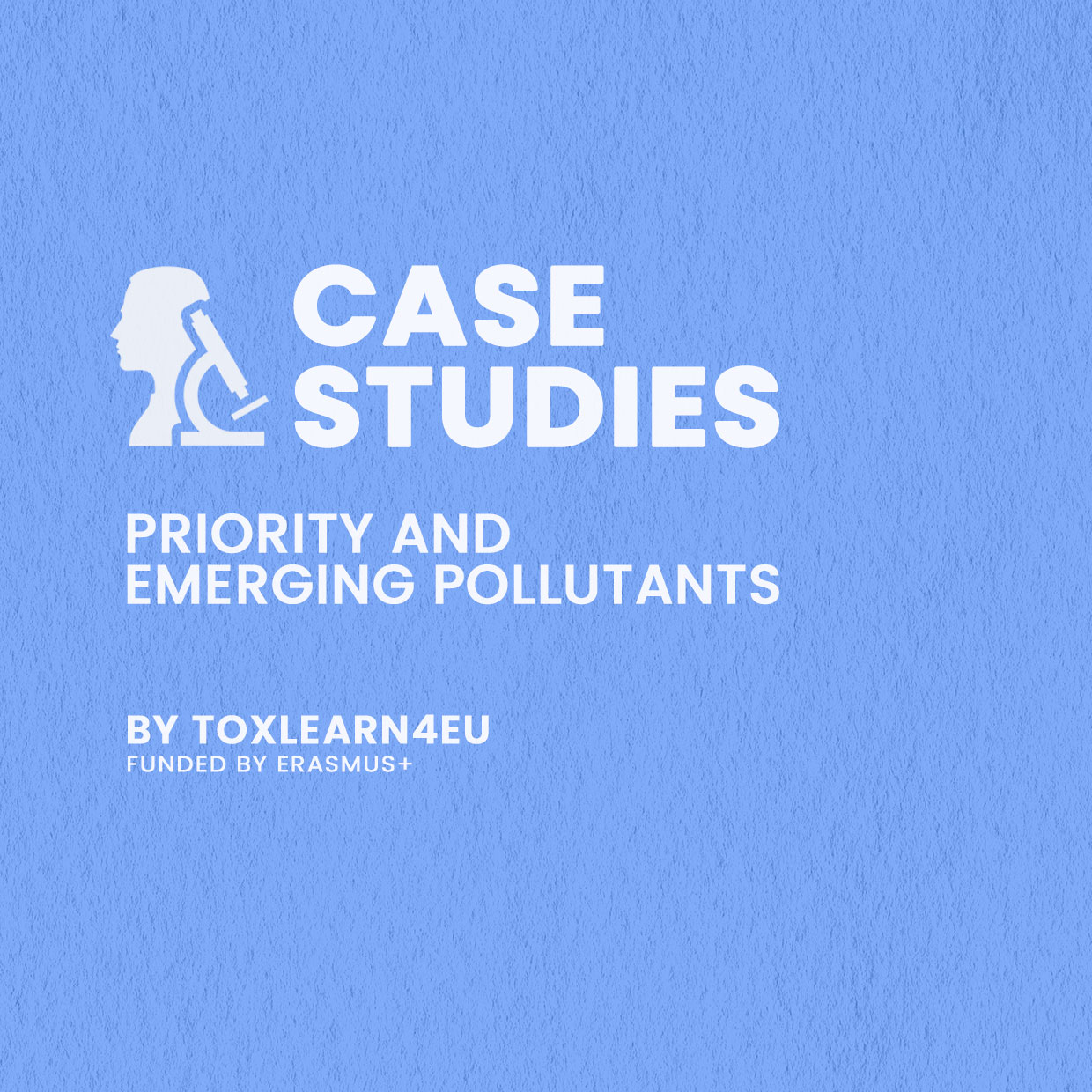PRIORITY AND EMERGING POLLUTANTS
The increasing presence of priority and emerging pollutants in the environment represents a significant challenge for public health, ecosystems, and regulatory bodies worldwide. These contaminants, which include industrial chemicals, pharmaceuticals, pesticides, heavy metals, and microplastics, pose potential risks that require urgent scientific and regulatory attention.
This work package of the ToxLearn4EU project (WP3) aims to provide an in-depth understanding of these pollutants, focusing on their sources, environmental fate, toxicological effects, and risk assessment strategies. Through a series of expert-led online courses, students, researchers, and professionals will gain the necessary knowledge to assess and mitigate the impact of these contaminants on human health and the environment.
Educational Resources
Within this work package we have developed a range of learning materials, including recorded lectures and presentations, which are also available on the project’s YouTube channel. These materials are structured into different online courses and learning modules, offering flexible and engaging educational experiences:
- Online Course on Emerging and Priority Pollutants: Covers key environmental contaminants, their sources, toxicological mechanisms, and regulatory frameworks.
- Online Course on Military Pollution and Depleted Uranium: Focuses on pollution caused by military activities, with special attention to depleted uranium and its health and environmental risks.
- Advanced Course on Emerging Pollutants: Provides an in-depth analysis of novel contaminants, their detection, and their long-term ecological and health effects.
- Problem-Based Learning (PBL) Cases: Real-world case studies designed to engage students in active problem-solving, fostering critical thinking and interdisciplinary approaches to pollution-related challenges.
All courses feature video lectures, case studies, and interactive learning materials designed to provide a comprehensive and multidisciplinary perspective on pollution-related challenges.
Objectives and Impact
The main objectives of this work package are:
- To develop scientific literacy on priority and emerging pollutants, enhancing awareness of their risks and environmental consequences.
- To explore modern analytical and toxicological techniques for assessing pollutant exposure and effects.
- To bridge scientific research and regulatory decision-making, ensuring that new findings contribute to environmental policies and public health measures.
- To encourage problem-solving and interdisciplinary approaches in addressing pollution-related challenges.
Scientific and societal impact:
- Strengthening pollution monitoring and assessment: This section provides essential knowledge on advanced detection techniques, biomonitoring strategies, and exposure assessment.
- Enhancing public health and environmental protection: By understanding pollutant toxicity and exposure risks, participants will contribute to more effective risk mitigation strategies.
- Informing policy and regulation: These courses equip professionals and decision-makers with the scientific background needed to support environmental and public health policies.
- Promoting sustainable and ethical toxicology: The program aligns with global efforts to reduce environmental contamination and promote safer industrial practices.
Through these educational resources, participants will develop critical skills and expertise to address one of the most pressing global challenges: the contamination of our environment by emerging and priority pollutants.



